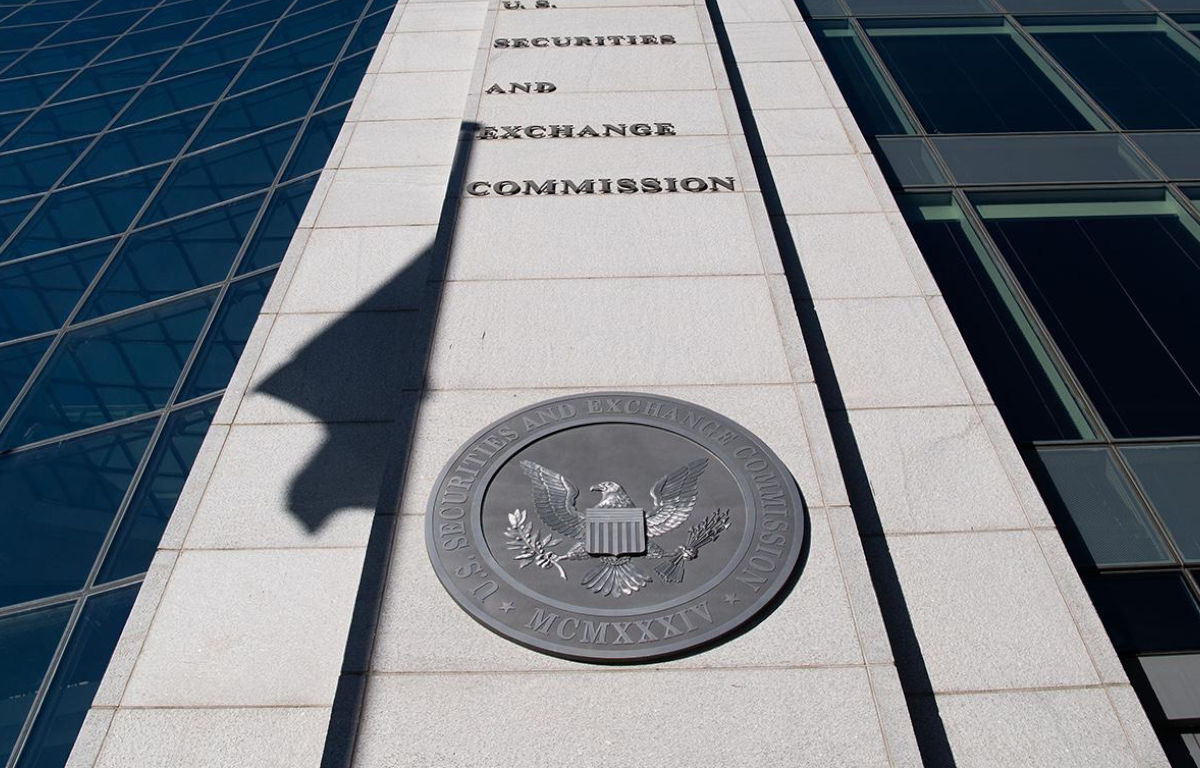
The inception of the Forest City project captured global attention, showcasing a bold ambition to create a green paradise where technology and ecology coexist seamlessly. Situated on reclaimed land, the city was designed to be a model of sustainability, featuring green spaces, renewable energy sources, and advanced eco-friendly infrastructure.
Initially, the project garnered praise for its forward-thinking approach and potential to set a new standard for urban development. It symbolized a shift towards eco-consciousness in city planning, highlighting the urgency of addressing environmental challenges while accommodating urban growth.
However, despite the lofty aspirations and significant investment, the reality of Forest City today paints a starkly different picture. What was envisioned as a bustling metropolis thriving on renewable energy and green initiatives now stands as a deserted landscape, a testament to unfulfilled promises and unrealized dreams.
Several factors contributed to the downfall of Forest City. One critical issue was the lack of sustainable economic drivers to support the city’s growth. The initial hype and investment were not sustained by long-term economic viability, leading to a stagnation of development and a subsequent exodus of residents and businesses.
Additionally, challenges related to infrastructure, connectivity, and accessibility hampered the city’s appeal and functionality. Despite its eco-friendly design, practical issues such as transportation inefficiencies and inadequate amenities deterred people from making Forest City their home or investment destination.
Furthermore, shifting priorities and global economic fluctuations played a role in diverting attention and resources away from the project. As other pressing issues took center stage, the momentum behind Forest City waned, leaving it in a state of abandonment and uncertainty.
The case of Forest City serves as a cautionary tale about the complexities of realizing ambitious sustainable projects. While the initial vision may be captivating and inspiring, translating it into sustainable reality requires meticulous planning, continuous investment, and adaptive strategies to navigate challenges.
Nevertheless, the story of Forest City also presents opportunities for reflection and learning. It underscores the importance of holistic and integrated approaches to sustainable development, emphasizing the need for robust economic foundations, community engagement, and adaptive governance structures.
As efforts continue to address environmental concerns and promote sustainability on a global scale, the lessons from Forest City can inform future endeavors, guiding us towards more resilient and thriving eco-friendly initiatives.










Share this: